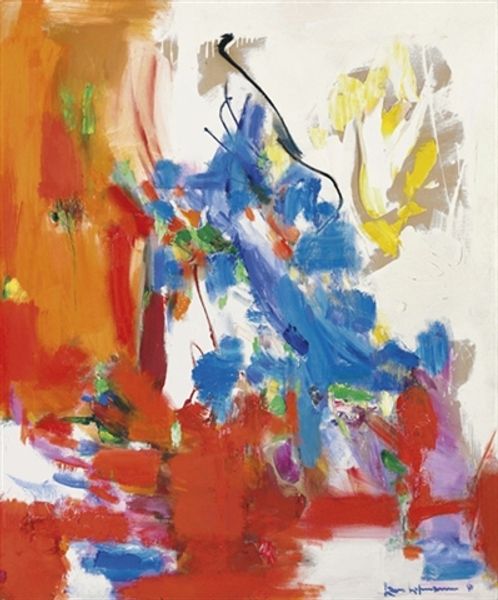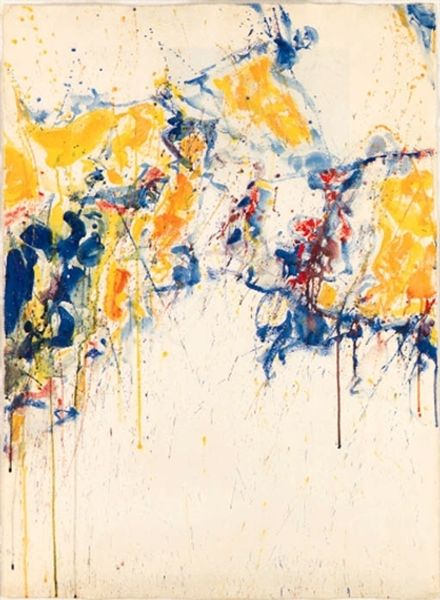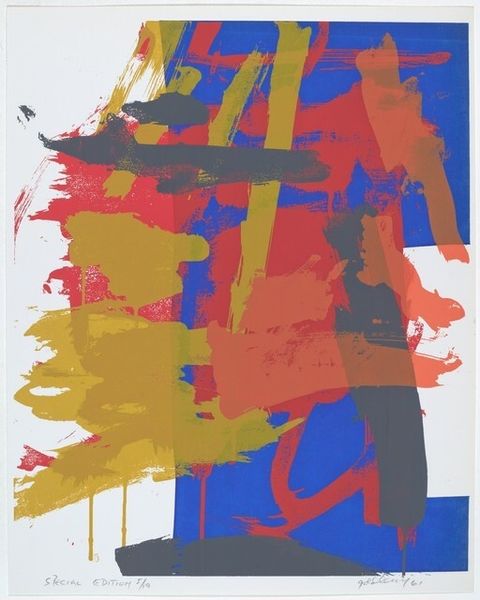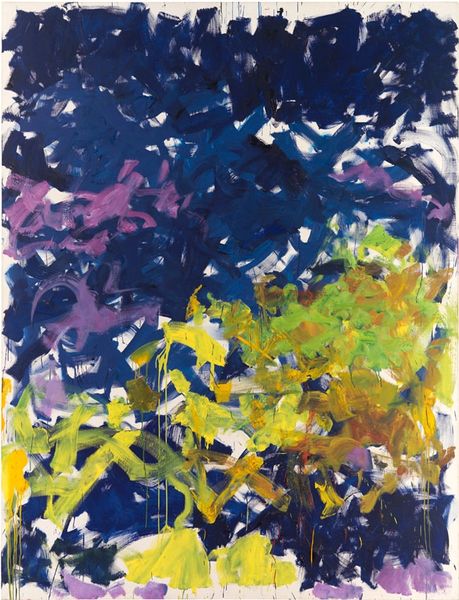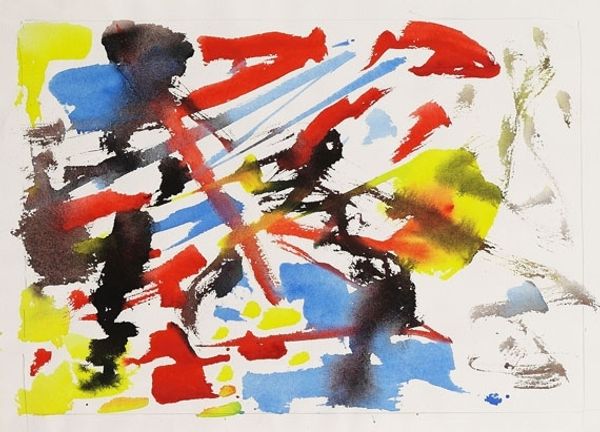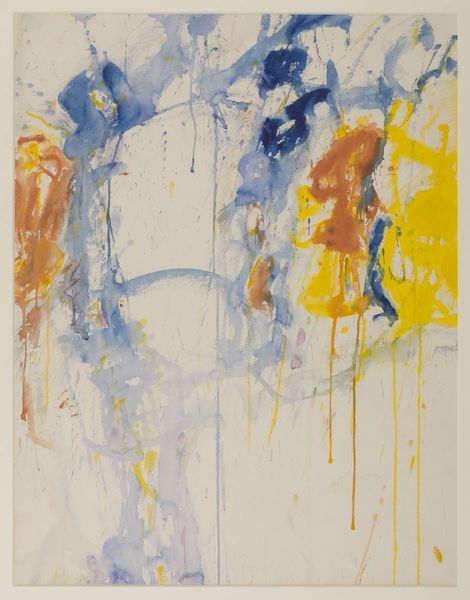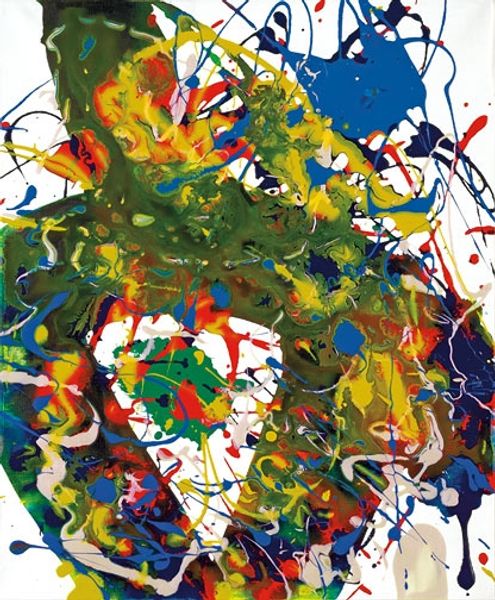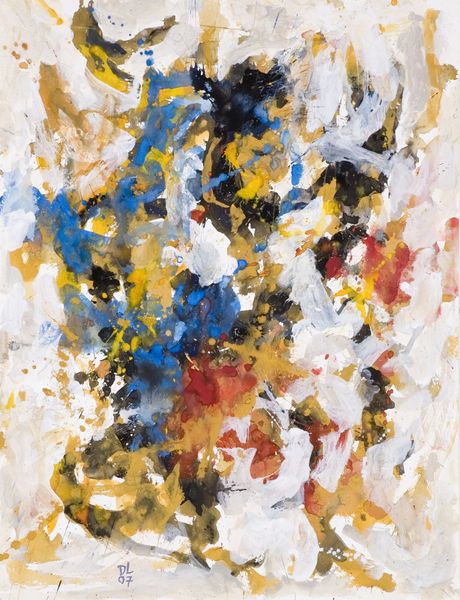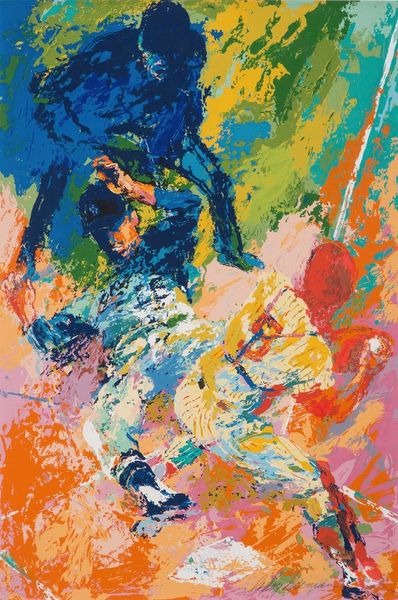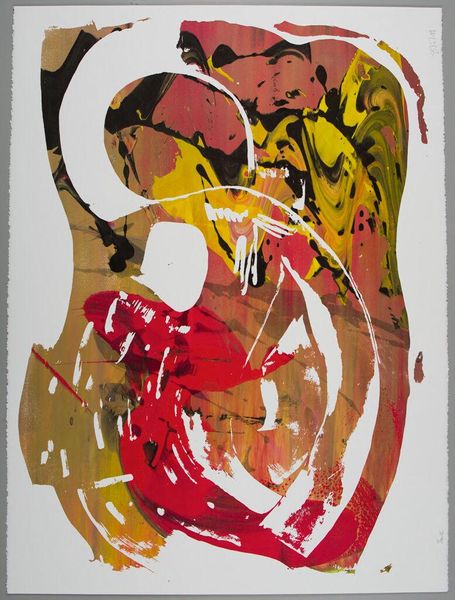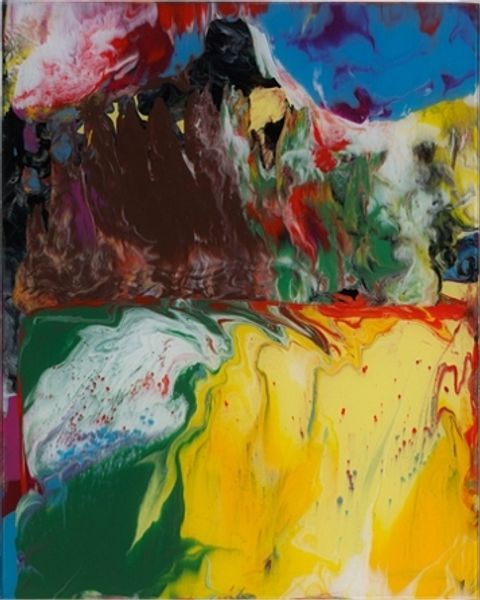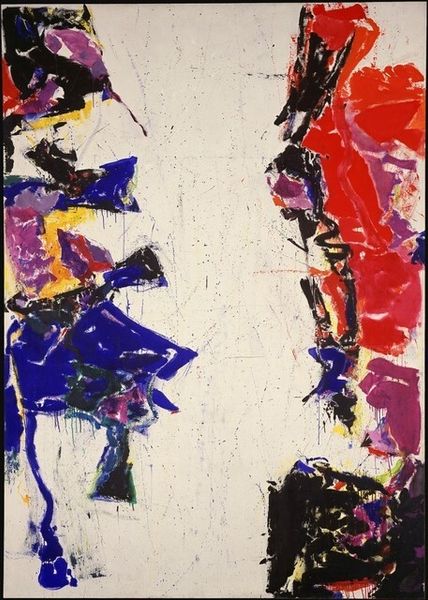
Copyright: Maurice Esteve,Fair Use
Maurice Esteve made this watercolour, A. 1281, at an unknown date. His painting presents a world without conventional representation. Instead, we have an array of colours which feel as though they are seeking a form. Esteve came of age as an artist in France during a time of great cultural and political upheaval. His generation of artists asked whether the institutions of art could continue as before. After the catastrophe of World War II, they no longer seemed adequate to deal with recent experience. In response, many turned to abstraction as a way of re-thinking art’s purpose. The intention was not to turn away from the world, but instead to find new languages and forms of visual experience. The effect is not one of nihilism but of possibility. It opens up our sense of what painting might be. Understanding this work means seeing it within this context, using resources like letters, exhibition reviews, and social histories to understand its place in its own time.
Comments
No comments
Be the first to comment and join the conversation on the ultimate creative platform.
